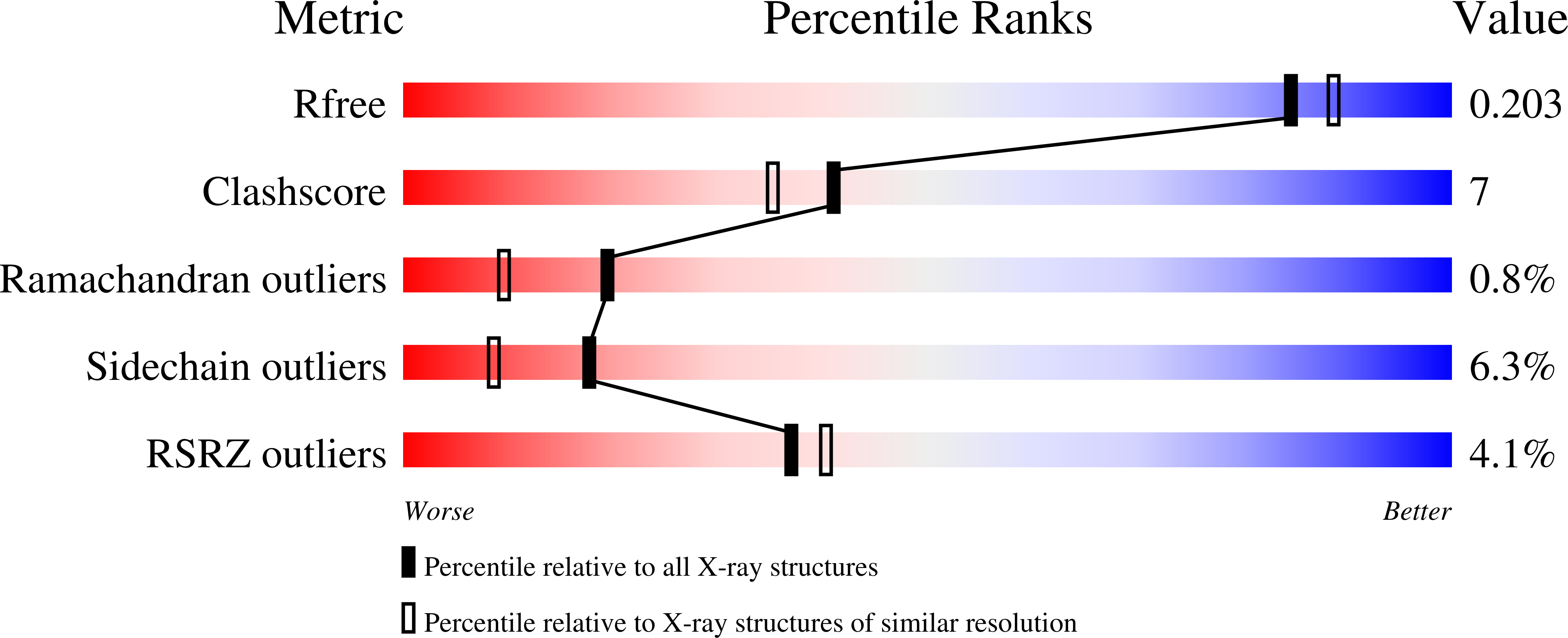
Deposition Date
2000-01-22
Release Date
2000-07-22
Last Version Date
2024-10-09
Entry Detail
PDB ID:
1C74
Keywords:
Title:
Structure of the double mutant (K53,56M) of phospholipase A2
Biological Source:
Source Organism:
Bos taurus (Taxon ID: 9913)
Host Organism:
Method Details:
Experimental Method:
Resolution:
1.90 Å
R-Value Free:
0.22
R-Value Work:
0.18
Space Group:
P 31 2 1


